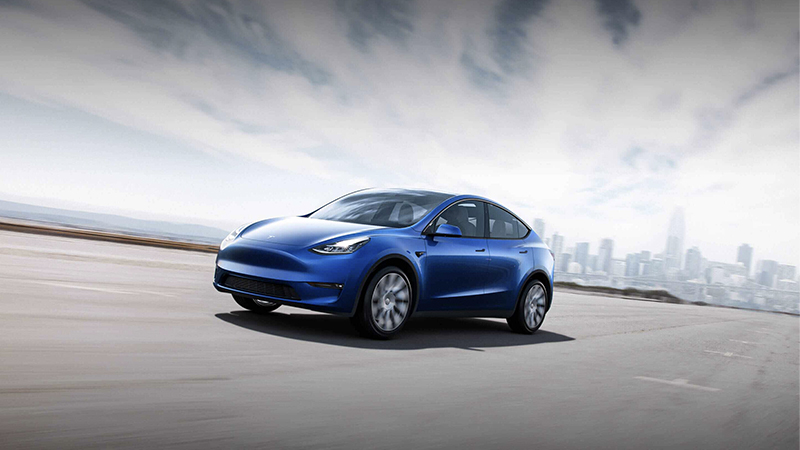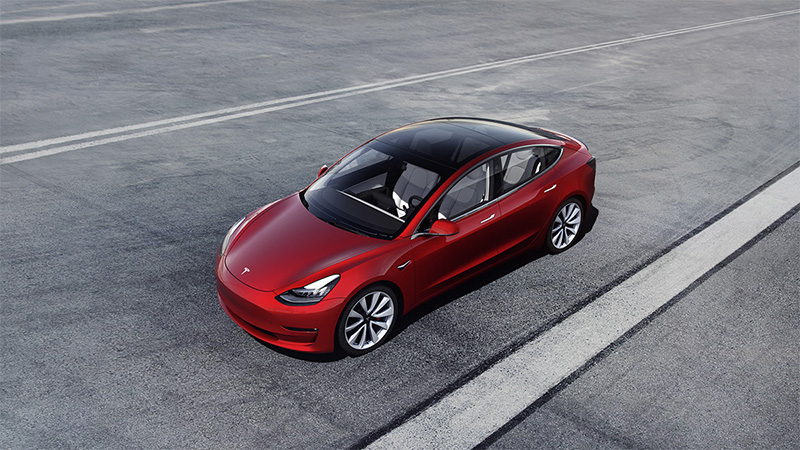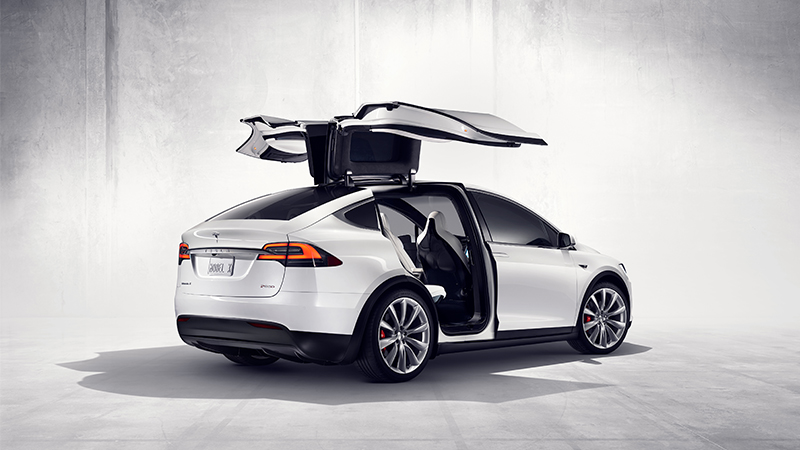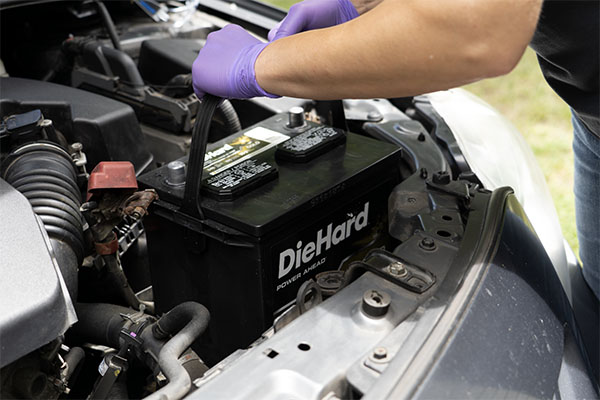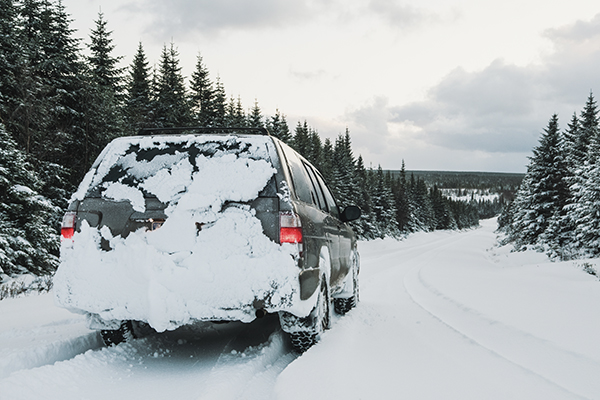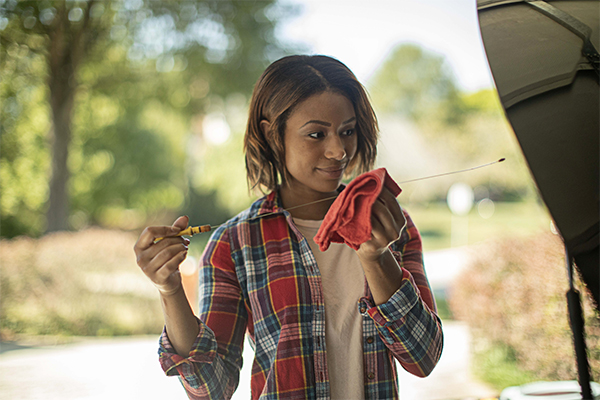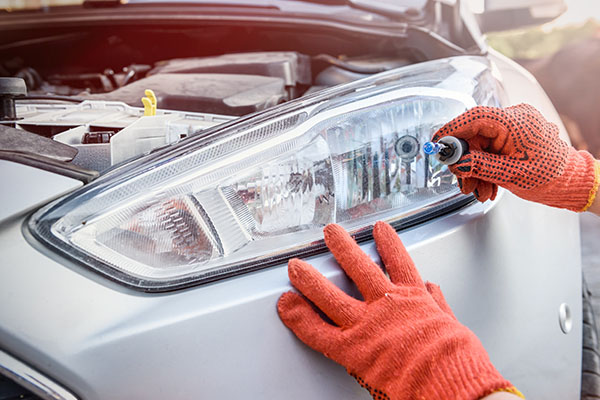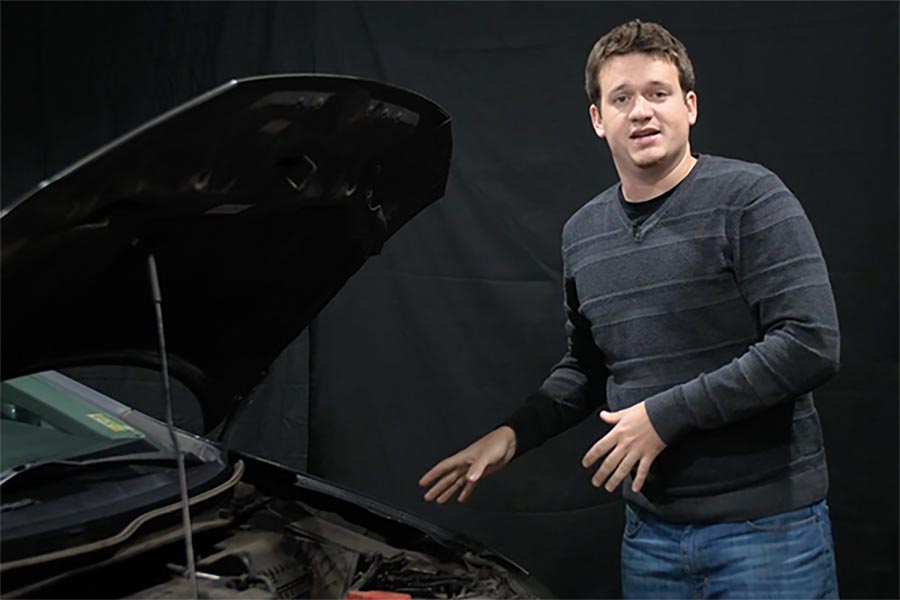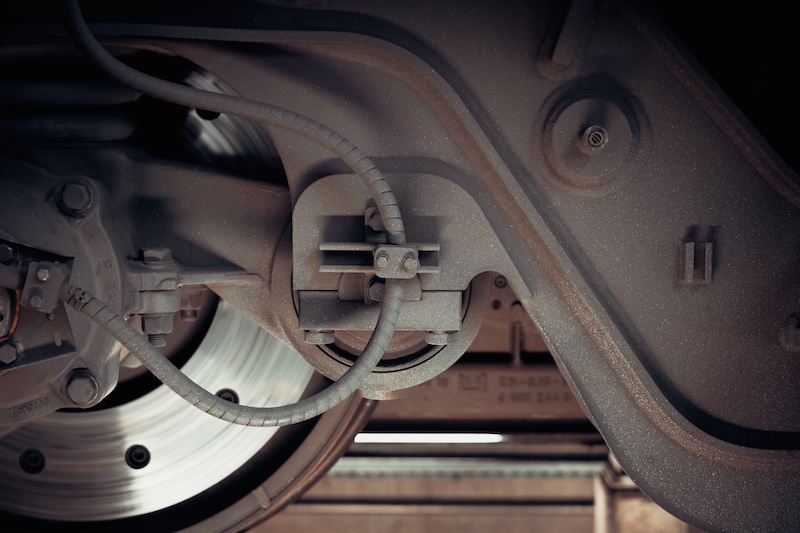
Tesla recently sold their one millionth vehicle. It's an impressive engineering feat, but the real test is what happens years and miles down the road. Despite the vehicle's complexity, there are simple DIY maintenance and upgrades that nearly anyone can perform. From better brake pads and wiper blades, to upgrading to higher quality filters, here's how you can skip Tesla's $175/hr shop rate, and maintain your EV yourself.
Scheduled Maintenance
You probably already know EVs have fewer parts than a similar sized vehicle with an internal combustion engine. With fewer parts comes less maintenance, and Tesla's over-the-air updates can fix minor stuff before you even notice it, making routine maintenance virtually nonexistent. That's all cool stuff, but the best single piece of advice on maintenance is to follow the manufacturer's maintenance schedule in the owner's manual.
Note that Tesla recently stopped mandating annual service, instead just labeling it “as needed." Previously, for the Model S and Model X the annual service was every 12 months or 12,500 miles, while it was two years/25,000 miles for the Model 3. This service included changing the cabin air filter, new desiccant for the air conditioning, tire rotation and wheel alignment, and brake fluid testing. Battery coolant is four years/50,000 miles, but this isn't your average coolant flush or battery maintenance. Tesla recommends professional service technicians perform this task. Let's look at some easier maintenance.
Interior Maintenance
Starting off inside your ride, the standard cabin air filter should be replaced every two years, or more often if you drive in dusty conditions. If you're optioned with Bioweapons Defense Mode, that's a HEPA filter that needs replacing every three years.
Exterior protection includes washing and waxing your ride, but also a car cover if you park outdoors. You can get that same professional-level protection for the inside too. Dash covers provide the same benefits for your interior. Floor mats are an important piece of your interior comfort and design, so consider upgrading your floor mats, and take a look at how to clean them.
It's amazing how much better a car's interior looks after getting rid of the gravel, dead grass and petrified French fries that end up on a floor mat. Cargo liners are a similar offering, with heavy duty protection for the rear cargo area.
Look into a trailer hitch if you think you'll be towing, and have a look at these towing best practices. Yes, Teslas can tow. That shouldn't be surprising as many cars can tow, and an EV's torque does a good job in front of a trailer (albeit with reduced range). The Model S and 3 sedans are limited to 2,000 lbs, while the Model X SUV maxes out at 5,000 lbs. Oddly, the US-spec Model Y doesn't currently offer a tow hitch or rating.
Exterior Maintenance
Tire rotation
Heading outside your vehicle, the Model 3 owner's manual recommends tire rotation every 6,250 miles. For the average driver in the USA, this is around six months of driving. It also amusingly notes that tire wear increases with spirited driving, so don't perform a dragstrip launch away from every stoplight.
Wipers
Wiper blades seem to last about six months before you start seeing signs of aging, but there are ways to make wipers last longer. If not, then you'll get that flappy bit lagging the rest of the wiper, or a gap where it leaves a big uncleaned streak across the middle of your windshield. You can replace that worn out wiper blade in just a few minutes, and that includes removing them from the package. There's a few tricks to replacing Tesla wiper blades. First, select Wiper Service Mode from the settings menu. This raises them away from the cowl and hood so you can service them. Then push the button on the wiper arm, press the tab on the blade, and pull the wiper blade off. The Model X is a bit different, as there is a water tube in the arm for extra cleaning power. Disconnect it before squeezing the sides of the wiper arm connector and pulling the blade away.
Brakes
Telsa brake pads last a long time, and the company doesn't even have a recommendation on changing brake pads. CEO Elon Musk even tweeted, “Vast majority of vehicle motion is returned to the battery, as the electric motors act like a generator in reverse. Brake pads on a Tesla literally never need to be replaced for lifetime of the car." That's a bold claim, and while it is possible to drive a Tesla or any EV without ever touching the brake pedal, most of the time you'll be driving it like a normal car and engaging the brake pads. It's safer to just replace the brake fluid every two or three years, and replace the brake pads as soon the wear indicators start to squeal (or be even more proactive and monitor the brake pad wear, and replace once the pads reach 3mm).
Owners report that under normal conditions and driving style, expect 50,000 miles out of your Brembo pads and rotors. Cold weather regions also need winter maintenance, including cleaning and lubricating the brake calipers at 12,500 miles/12 months.
Wheels
The Model S's 21 inch performance turbine wheels are sweet. Preserve their beauty by keeping your wheels clean, and keep them safe and secure with locking lug nuts. These stock-looking lug nuts swap in place of the factory units, but require a specific key for removal to thwart potential thieves. A few bucks of prevention is better than $6,000 for a new set of turbine wheels.
Do you own a Tesla? Any other easy tips and upgrades you'd like to share? Let us know what you've done in the comments below.
